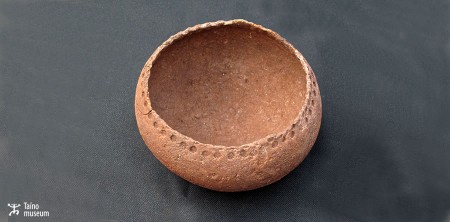On several petaloide axes, meaning shaped like flower petals, we have seen that the decoration covered the entire piece. It shoes a squatting anthropomorphic figure which covers the entire piece. The figure becomes wholly integrated into the functional form giving it a sacred and magical sense. This piece had been designated as effigy axe.
Read more
Ceremonial petaloide axe










